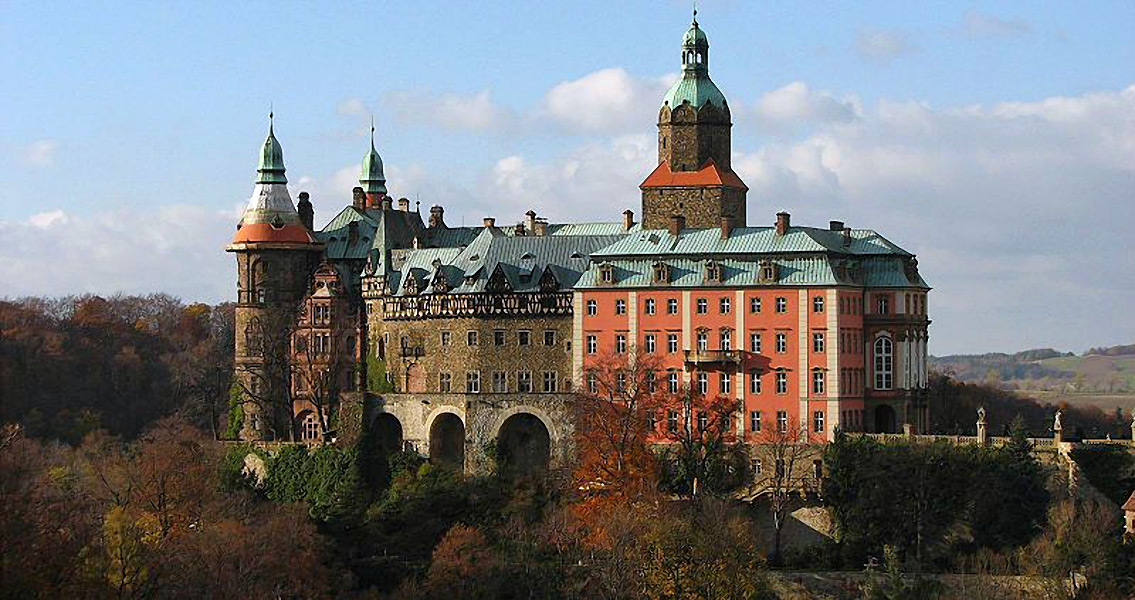<![CDATA[Poland’s Ministry of Culture has confirmed that a train from the Second World War was found underground near the town of Walbrzych, in the southwestern part of the country. Reports about a “Nazi gold train” emerged about a week ago, but the official confirmation only came on Friday, after the area was examined with ground-penetrating radar, the Guardian reports. Deputy Minister Piotr Zuchowski told media that he was “99% certain” there was a buried train at the location. What’s more, the radar seems to have revealed that the train is armoured, which means it was carrying valuable cargo, such as gold or weapons. There has been speculation about a train loaded with gold, jewels, and works of art since the end of the Second World War in the area. When the Nazis retreated from Poland with the Red Army on their heels, one of their trains loaded with treasures got lost, or so the legend goes. According to the Guardian, it is possible that the location of the train was revealed to two treasure hunters by a man who took part in hiding the train and revealed the secret on his deathbed. The two treasure hunters, one Pole and one German, contacted the authorities through a law firm and described the train as 100 metres long and armoured, supplying low-definition images of their find. Now the local authorities will conduct a search with the help of experts on military explosives. The mountainous region where Walbrzych is located features an intricate tunnel network constructed by the Nazis during their occupation of Poland. It is also home to the Ksiaz castle, the place that Hitler had chosen for his Eastern European base. Magdalena Woch, director of culture at the castle told the Daily Telegraph that according to stories, there wasn’t just one but three trains that got lost near Walbrzych. She told the paper that maps of the region from the 1920s and from twenty years later were not the same, which suggests there may be underground tunnels that have not yet been discovered. What’s more, after the Soviet army had pushed the Nazis back further west, the Soviets spent two years in Poland and “we do not know what they found”, Woch said. The network of tunnels that the Germans built during the war was called “the Riese project”, from the German word for “giant”. According to local Polish politician Lukasz Kazek, only a third of the tunnels have been discovered so far. Speaking to the Daily Telegraph, Kazek went on to add that there are many Nazi treasures in the region and there may be several trains waiting to be unearthed with their valuable cargo. The reason the Nazis left so much behind was that they largely believed their retreat would be temporary, Kazek explained. Anything from documents, through money and jewellery, to weapons and even things like cutlery could be found in the tunnels, Kazek says. The Polish authorities have formed a crisis committee in order to deal with the sudden increase in the number of local treasure hunters, all bent on discovering the mysterious train. Local media report that even the army may have to be involved in guarding the location of the find after it becomes public. The excavation works will probably continue for a few weeks, according to the Ministry of Culture. Image courtesy of Wikimedia Commons user: Spoko ws]]>
Polish Authorities Confirm Nazi Train Find
